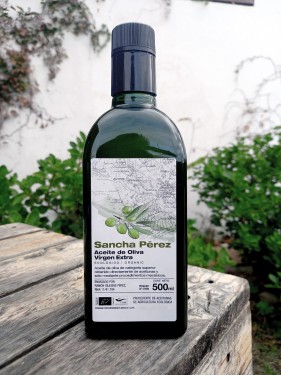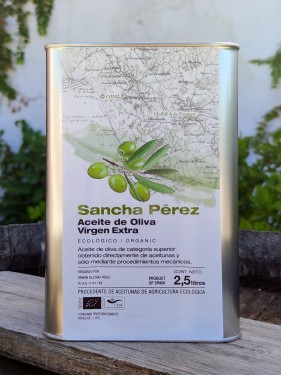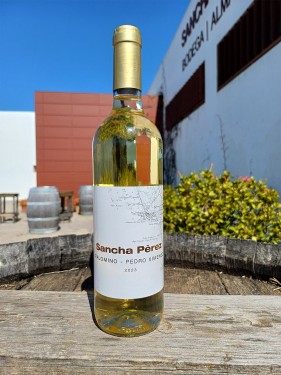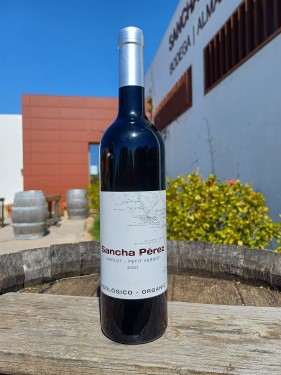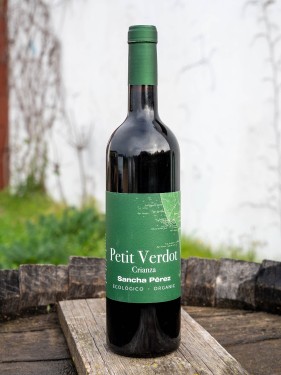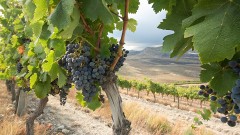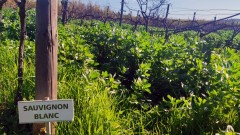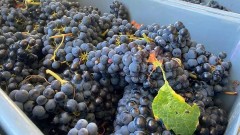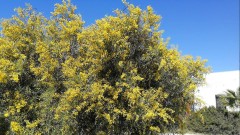
Every year, at the end of autumn, we sow the farm with grasses and legumes—this year with broad beans, peas, and triticale—which capture atmospheric nitrogen and fix it in the soil, add organic matter to the top layer, and serve as a microhabitat for natural enemies of pests and diseases, as well as a means to control weeds.

At Sancha Pérez, we have a thriving cover crop that acts as a microhabitat for beneficial fauna due to its pollinating, predatory, or parasitic functions. The cover crop retains and promotes the infiltration of rainwater, reduces ambient temperature, and encourages biodiversity. It also prevents water erosion and the consequent loss of topsoil with its essential nutrients. The environment also benefits from native flora, which functions as a CO2 sink, helping mitigate climate change.
Therefore, the goal is to eliminate the use of chemical fertilizers until the soil can naturally meet fertility and pest management needs; a degraded soil with low biological activity—a lifeless soil in conventional agriculture—is incapable of transforming organic matter and manure into nutrients available to the crops.
The problem with conventional agriculture, which relies on poisons, is that it is a system focused solely on production, rather than on achieving healthy products.

